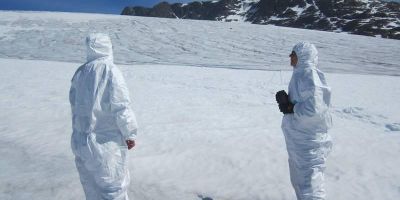News
Discovery of 'hidden forests' adds at least 9% to global forest area
By using very high resolution satellite imagery available through the Google Earth platform, they found an additional 467 million hectacres of forest in the world's drylands.
Learning data science by doing it
University of Leeds students have delivered innovative new transport modelling ideas to an external client, Derbyshire County Council, in place of traditional written examinations for a taught module.
Scrutinising sugary drink interventions
An evaluation of efforts designed to reduce how many sugary drinks we consume shows some success in changing younger people’s habits but warns they cannot be the only way to cut consumption.
Leeds moves up in Complete University Guide 2018
Food Science and Nutrition at Leeds has moved up to 2nd place in the latest Complete University Guide, and the University of Leeds has climbed 2 places.
Cohen Geochemistry group presentations at Goldschmidt 2017, Paris
The Cohen geochemistry group are presenting at Goldschmidt 2017 in Paris, details of talks and posters can found below.






